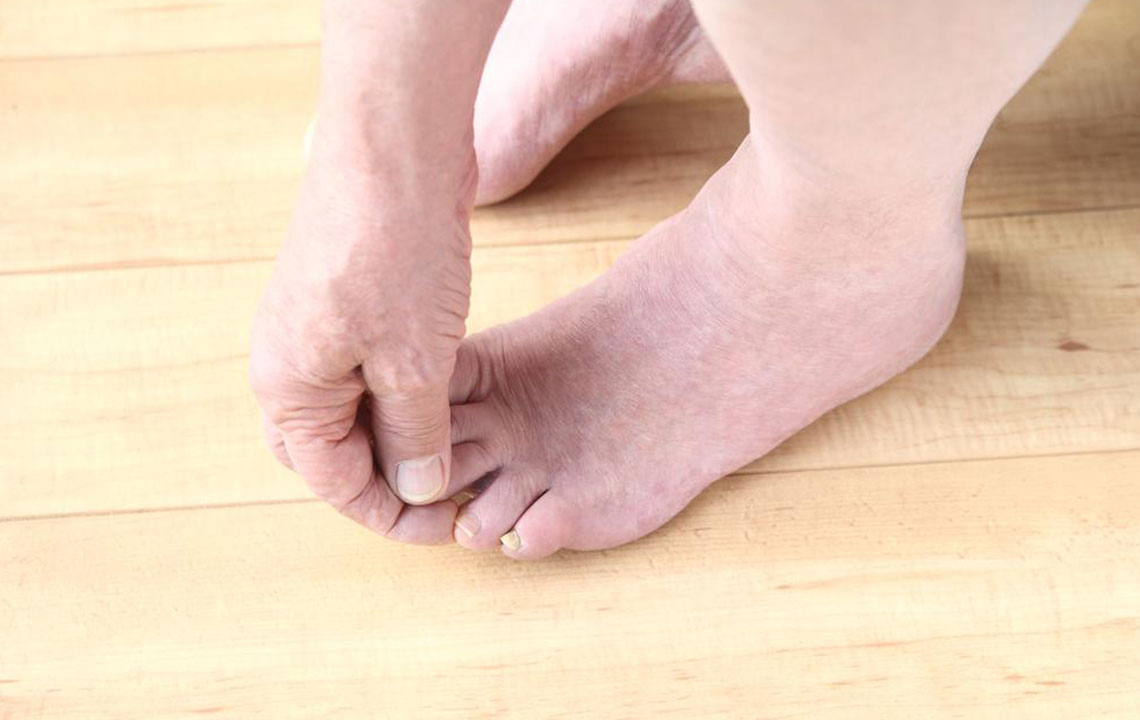Understanding and Managing Foot Pain in Fibromyalgia Patients
Discover how fibromyalgia causes foot pain, including symptoms, potential causes, and effective management strategies. Learn about proper footwear, lifestyle changes, and medications to alleviate discomfort. Consulting healthcare professionals is essential for personalized treatment and improving quality of life with this chronic condition.

Understanding and Managing Foot Pain in Fibromyalgia Patients
Fibromyalgia is a long-term condition characterized by widespread muscle pain, fatigue, depression, sleep disturbances, cognitive issues, and digestive or urinary symptoms. It results from an overactive pain perception in the brain, with no definitive tests for diagnosis—it's identified by ruling out other causes. Treatments include over-the-counter pain relievers, antidepressants, physical therapy, and medications like Lyrica. Many patients with fibromyalgia experience significant foot discomfort, feeling like their soles are on fire or uncomfortable in shoes, which can hinder daily activities.
Research indicates that about one in four fibromyalgia sufferers experience foot pain, often unnoticed or untreated. Common causes include nerve-related issues such as Morton’s neuroma, which can cause shooting or tingling sensations, although exact causes remain unclear. Maintaining activity, such as walking, is key, despite foot pain. Proper footwear, regular consultation with a podiatrist, and gentle stretching can alleviate discomfort. Medications like specific antidepressants and anti-seizure drugs can help manage symptoms. Addressing fibromyalgia involves a comprehensive approach, including lifestyle adjustments and professional support to improve quality of life.
Consistent exercise, appropriate footwear, and targeted therapies can help reduce foot pain associated with fibromyalgia. Wearing cushioned shoes, soaking feet in warm saltwater, gentle stretching, and foot massages are beneficial. Orthotics recommended by healthcare providers may improve function and comfort. While no cure exists, medications like duloxetine, milnacipran, and pregabalin can alleviate symptoms. It's important to seek medical advice for persistent issues. Psychological support, such as cognitive behavioral therapy, and staying active are crucial for managing the emotional and physical facets of fibromyalgia. Engaging with healthcare professionals can significantly improve overall well-being.










